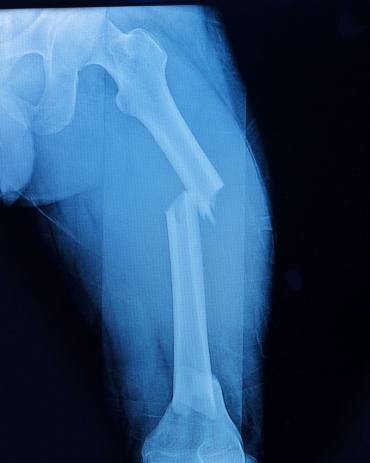Is ageism inevitable? Is it just plain human to dread old age—and to disparage older people?
That’s the conclusion writer Tad Friend comes to in a New Yorker article called “Why Ageism Never Gets Old.”
Friend’s article deftly describes how widespread ageism is, but then it concludes that nothing can be done about it. He argues that ageism is rooted in the fact that people are afraid to die, so they try to manage their fear by not thinking about it. Because they associate death with old age, they hate growing older, and they shun older people because we’re a reminder that nobody gets out of this life alive. Therefore, he writes, ageism is hardwired and probably inevitable.
Friend’s argument vastly oversimplifies a complex phenomenon. He also underestimates the importance of culture and ignores what a social movement can accomplish.
Cultural attitudes and beliefs about what it means to be old can change and often have, from one era to the next. Centuries ago in England and the American colonies, many people looked forward to a “green old age,” a stage of life during which they expected to remain active and productive but at a slower pace. This would be followed by life’s last stage, when they’d become frail and truly old and might need help from others.
It’s ironic that today so many people dread growing older at a time when a green old age can go on for many years. We’re not only living longer but we stay healthy until later in life. And researchers report that most of us are happier in old age than we were in our middle years.
So why is ageism rampant nowadays? “Follow the money,” as activists often say. Whole industries avidly promote products with the promise that they’ll keep us young (or at least looking young). From skin creams to plastic surgery, the assumption behind the ads is that growing old is a fate worse than anything—except, possibly, dying young. Meanwhile, films and television either ridicule older people or simply ignore them.
When Friend writes that ageism is “inevitable,” he overrates the fear of death, underrates the importance of negative cultural messages and ignores the fact that since the 1960s, social movements have made progress against almost every other type of discrimination—and there are rumblings that ageism will finally have its turn.
Look at what the women’s movement accomplished. When I was growing up in the 1940s and 1950s, being female was a huge disadvantage. Women were completely barred from many occupations, and quotas kept most of us out of graduate schools, medical schools and law schools. We were automatically fired when we became pregnant. Battered wives had nowhere to turn, and a woman who was raped had to produce a witness to the crime if she wanted police and prosecutors to believe her.
Despite all this, it hadn’t occurred to most Americans—including women themselves—that there was such a thing as sex discrimination and that it was everywhere (just as today most Americans aren’t aware of ageism). Almost everyone assumed that marriage was all that women wanted or were suited for, that it was perfectly natural to judge a woman solely by her looks, and that men somehow had a right to the services of women. Probably, the movement’s single greatest achievement was that it transformed those assumptions.
In the early 1960s, it seemed highly unlikely the situation would ever change. Then the civil rights movement took hold and its initial achievements gave hope to women who wanted more out of life. It also inspired those who later fought for gay rights, for Americans with disabilities and for the rights of other groups. None of these struggles is over but all have made huge strides.
Friend’s New Yorker article documents the damage ageism does but then concludes there’s no solution. But history tells us we should never underestimate what a social movement can accomplish when it hits the ground at the right moment.

Flora Davis has written scores of magazine articles and is the author of five nonfiction books, including the award-winning Moving the Mountain: The Women’s Movement in America Since 1960 (1991, 1999). She currently lives in a retirement community and continues to work as a writer.



